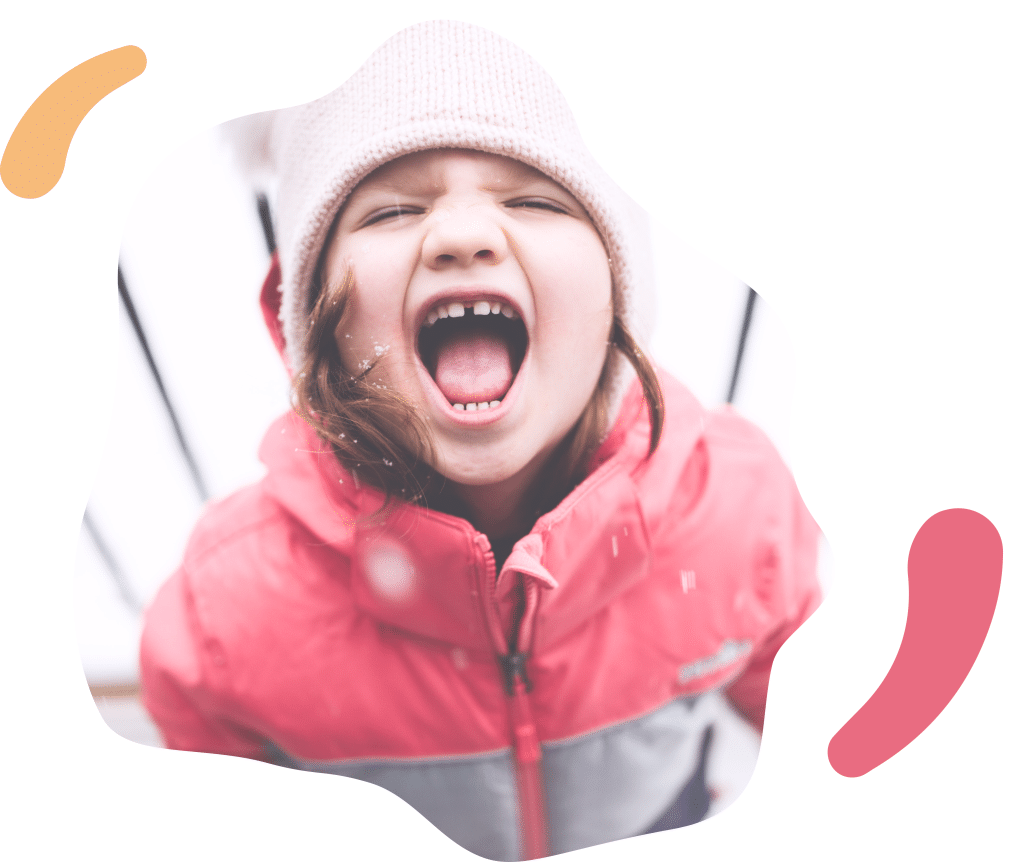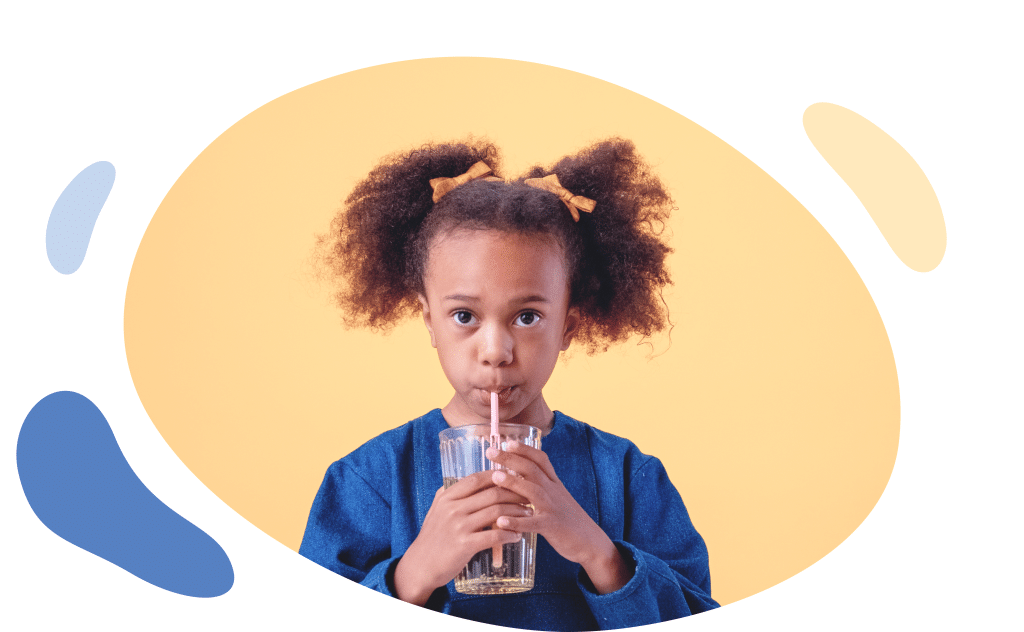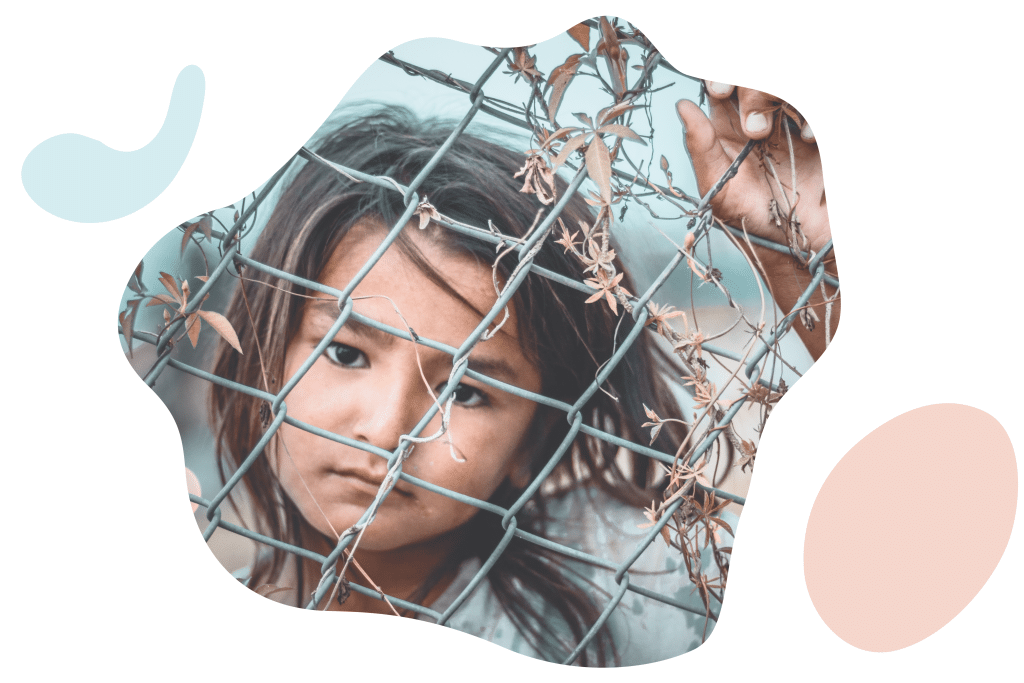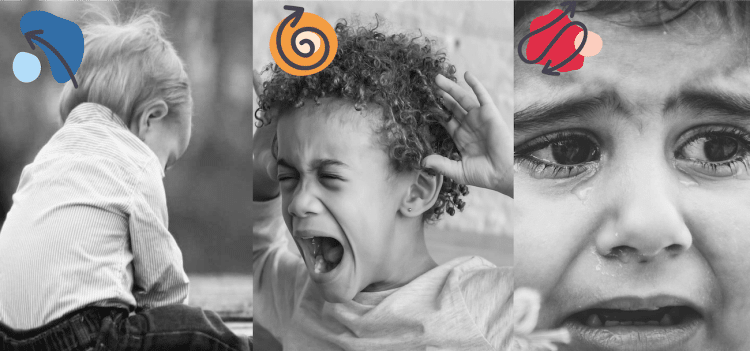Affect Regulation and Child Development

Published on February 17, 2022 Updated on November 11, 2022
Learn why affect regulation is an essential part of children’s emotional development and how it relates to attachment.
Growing up isn’t easy – especially emotionally. It’s a time when the unknown feels insurmountably scary. Throughout our childhoods, we face a variety of emotions for the first time; little by little, we learn how to communicate, express, cope with, and regulate our feelings.
Even though this process is an entirely normal, healthy, and even necessary part of our development, it is often underestimated or left unacknowledged by the grown-ups around us.

Caregivers might react negatively to their child’s not-fully-developed ability to regulate and communicate their affect properly. Grown-ups might also value other aspects of a child’s development – such as school performance and grades – more than the child’s emotional intelligence. This might lead to growing up with poor affect regulation skills. That, in return, can cause a variety of other issues later in life.
For these reasons, this blog post focuses on the importance of developing effective emotion regulation in childhood.
This article covers the following topics:
- What is affect regulation
- When do children typically start showing signs of emotion regulation
- How do caregivers influence the child’s affect regulation skills
- Does attachment play a role in the development of emotion regulation
- How can caregivers promote healthy emotional development of their children
What does affect regulation look like in children?
The term affect regulation refers to emotional processes, as emotion is made up of both the cognitive (thoughts) and affective (emotions) processes.
In children, affect regulation can take the form of changing or hiding facial expressions. For example, the child might look around their environment: they are searching for coping resources – such as the teddy bear they are used to holding on to in stressful situations [1].

Our ability to regulate our emotions can even be influenced by those around us. For children, these people are usually caregivers, who show support when their children are going through intense emotions.
Emotion dysregulation, on the other hand, takes place when the processes of healthy affect regulation are disrupted, thus influencing the child’s psychological and sometimes physical balance.
Children throwing temper tantrums, for instance, are usually exhibiting some form of emotion dysregulation. For example, an infant might make a scene and behave erratically if they don’t have the toy they want and are unable to control their frustration.
How Does Affect Regulation Develop in Early Childhood?
Infants start showing facial expressions as early as in the first 3 months of life. Facial expressions, however, continue to develop during the first two years. In that period, children learn to associate situations with emotions and eventually start to learn how to label or identify these emotions [1].
By the time they are toddlers, children begin to develop a self-conscious mix of emotions such as guilt and shame, as well as pride.
When in preschool, children begin to understand social cues and contexts better. Their affect regulation skills start to come more and more into play in social situations [1]. Because of this newfound social awareness, children begin to exercise some control over their feelings – not only for their own interests but also for social purposes and for the “sake of others.” For example, children might start to feel ashamed when their behavior isn’t in line with what their parents have taught or expect of them.

Children begin to communicate about their own and other people’s emotions as early as 2 years of age [1]. In this phase, they learn to share what they desire – such as wanting a specific fruit juice. They realize that this skill helps them to more effectively communicate their needs and wants to their parents.
Children around 3 and 4 years of age can already communicate what they believe or expect – such as knowing that they won’t have their favorite fruit juice at grandma’s house [1].
Only at around 5-6 years of age do children begin to understand the impact of beliefs on emotions – such as that someone receiving water instead of fruit juice might feel surprised because they wanted juice in the first place [1].
How Do Parents Impact Children’s Development of Affect Regulation?
Adults play an essential role in helping children develop an understanding of their own emotions and those of others.
Caregivers, especially, are a central part of their children’s affect regulation development [2]. There are several ways in which caregivers influence their children:
1. Soothing a child helps them learn to soothe themselves

Adults play a crucial role in helping a child learn to regulate distress. This is especially true when children feel frustrated. Growing up, children who were regularly comforted by their caregivers become better able to calm themselves when faced with a difficult situation [1].
2. “Monkey say, monkey do“
Children’s emotion regulation and adjustment are largely influenced by mirroring their caregivers [2]. This includes “monkey say, monkey do” behavior, such as when children mirror their parents’ vocabulary.
Parenting practices and the emotional environment of the family also come into play here; the child will not only mimic their parents’ social behavior, but they will also likely bring the household emotional environment to their life outside of the family context.
3. Communication is key
Growing up in a family environment with open conversations about feelings leads to a better general understanding of emotions [3]. Understanding emotions is a necessary first step in developing healthy affect regulation.
This is why it is extremely important to encourage open conversations about our own and others’ emotions in the family setting.
What’s Attachment Got to Do With It?
Emotion regulation develops in children in a similar way to how attachment styles develop. Children form affect regulation skills and habits based on:
- how their parents react to their emotions
- observing how their parents deal with their own emotions
Children learn to expect certain patterns of reactions to their emotional displays from their caregivers.

When children feel their caregivers are unavailable or inaccessible to them on both a physical and emotional level, they tend to develop insecure attachment and feelings of anxiety [6]. When caregivers provide little validation and understanding, or maybe act annoyed towards their child’s expressions of emotion, the child learns that their emotions are not important, and may start repressing any form of emotional expression.
Insecurely attached children are less able to manage their negative emotions in healthy ways because they had fewer opportunities to learn affect regulation from their parents as compared to securely attached children [6]. Anxious ambivalent children are more likely to exaggerate their negative emotions to get attention from their parents, as their availability and accessibility are typically inconsistent.
Interestingly, in a study that looked at parenthood and attachment, babies who were securely attached to their fathers showed a lower ability to inhibit certain behaviors (as a type of affect regulation) [5]. Therefore, it is possible that fathers are less likely to raise their children to develop certain affect regulation skills. This is not to say that fathers are incapable of, or not good at, raising emotionally healthy children. Rather, these findings demonstrate that, when it comes to the development of affect regulation in children, there might be differences in the impact of father-child and mother-child relationships.
It’s also important to remember that parents’ attachment style will impact the way they handle their own emotions.
For instance, motherly over-protection, or smothering, is typical for mothers with high levels of attachment anxiety and could result in the child developing attachment anxiety. Research has demonstrated, for example, that motherly overprotection is associated with higher anxiety, and, resultingly, problematic gaming habits for those mothers’ children [4].
4 Useful Tips for Facilitating Healthy Affect Regulation in Children
If you live – or work – with children, you might feel inspired to take on some action to make sure the little ones you’re responsible for form healthy emotion regulation habits – and prevent emotion dysregulation, of course.
So, how does everything you just read apply to your life experiences and situations with children?
To keep it as simple and as easy-to-digest as possible, we’ve outlined a few tips you can take advantage of today to encourage the emotional health of children.
Tip #1: Be patient.
The stages of development may be a little different for each child. However, there’s nothing dysfunctional about that, so don’t worry or jump to conclusions too quickly. Children go through important learning stages that take both time and effort. Accept that they will do so at their own pace.
Tip #2: Emphasize open communication.
Talking openly about negative and positive emotions with a child is a key ingredient in the development of a child’s affect regulation.
Free and clear communication about feelings will help the child learn to understand emotions and discuss them with greater ease.
Tip #3: Set a good example.
Children copy the behaviors and habits of the grown-ups around them – especially their caregivers. This means that if a caregiver often exhibits maladaptive behaviors or emotion dysregulation, their child may likely follow suit.

Tip #4: Be there for the good times and the bad times.
A key component of raising a securely attached child with healthy affect regulation skills is to show consistent availability whenever your child needs you. This implies being present to share the joys and fun moments of life as well as being there to offer a helping hand or a warm hug during difficult and distressing situations.
Consistency will help the child feel that they can rely on you for emotional support. Later in life, they will be able to replicate that learned model of emotional support both with others and with themselves.
Conclusion
Emotional development is a complex process that this article cannot describe alone. The aim of this blog post, however, was to shed light on the importance of one specific facet of emotional development – affect regulation.
Affect regulation is closely related to the attachment styles of both the caregivers and the child. Often neglected as a concept, healthy affect regulation cannot only bring many benefits in one’s life: it has the potential to prevent many psychological and physiological issues.

Curious to learn more?
Learn more in our Emotion Regulation Blog Series:
- Understanding & Coping with Intense Emotions – Introduction
- Emotion Regulation in Relationships (coming soon)
- Coping with Breakup (coming soon)
- Emotion Regulation in the Workplace (coming soon)
How well do you regulate your emotions?
Take our FREE EMOTION REGULATION QUIZ to find out and receive your report straight away!

References
- Zeman, J., Cassano, M., Perry-Parrish, C., Stegall, S. (2006). Emotion Regulation in Children and Adolescents. Journal of Developmental & Behavioral Pediatrics, 27(2), 155-168.
- Morris, A.S., Silk, J.S., Steinberg, L., Myers, S.S., Robinson, L.R. (2007). The Role of the Family Context in the Development of Emotion Regulation. Social Development, 16(2), 361-388.
- Harris, P.L. (2008). Children’s Understanding of Emotion. In Lewis, M., Haviland-Jones, J.M., Barrett, L.F. (Eds.) Handbook of Emotions (3rd Ed.). Guilford Press.
- Santoro, G., Midolo, L.R., Costanzo, A., Cassarà, M.S., Russo, S., Musetti, A., Schimmenti, A. (2021). From Parental Bonding to Problematic Gaming: The Mediating Role of Adult Attachment Styles. Mediterranean Journal of Clinical Psychology, 9(3).
- Kuo, P.X., Braungart-Rieker, J.M. (2022). Attachment configurations to mothers and fathers during infancy predict compliance, defiance, and effortful control in toddlerhood. Early Childhood Research Quarterly, 58, 188-197.
- Shenaar-Golan, V., Yatzkar, U., Yaffe, Y. (2021). Paternal Feelings and Child’s Anxiety: The Mediating Role of Father-Child Insecure Attachment and Child’s Emotional Regulation. American Journal of Men’s Health, 15(6).











 Get mental health tips straight to your inbox
Get mental health tips straight to your inbox








